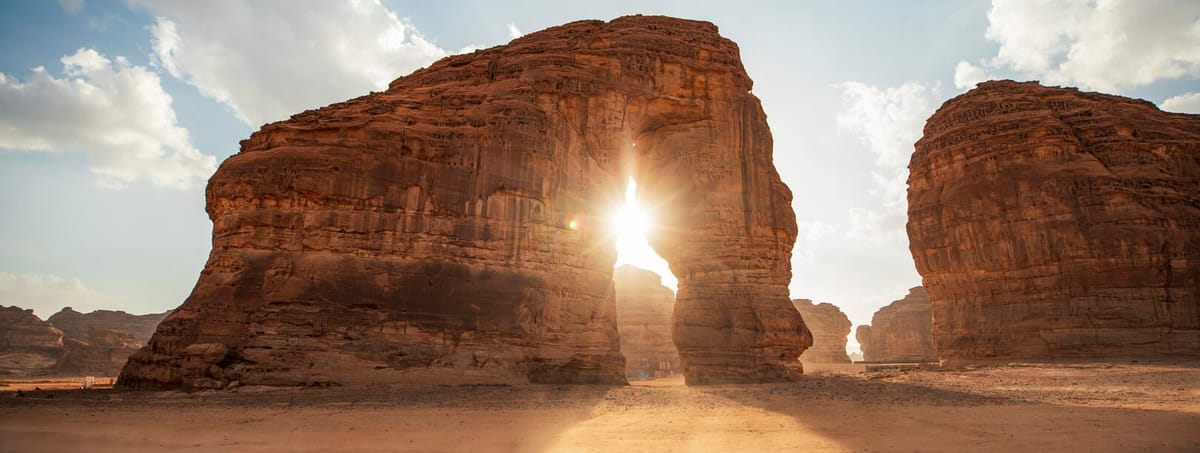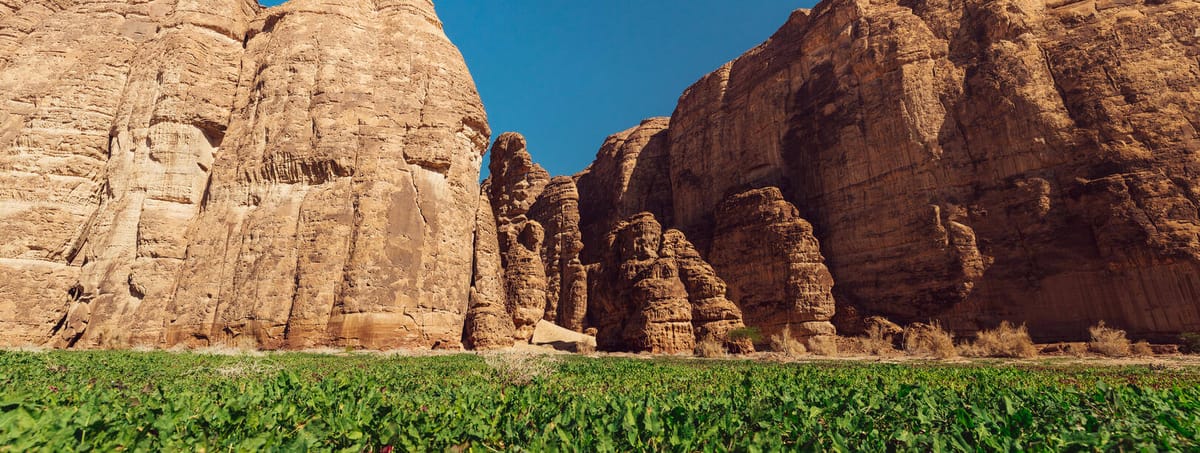The Instagram Creators Summit is set to take place in the historic destination of AlUla from 20th to 22nd April, marking the first-ever event of its kind in the Middle East and North Africa.
- Home
-
Strategic Initiatives
-
Living in AlUla
-
Business in AlUla
-
Visiting AlUla
-
Partners
-
About RCU
-
Media & Resources
-
Contact
.jpg)
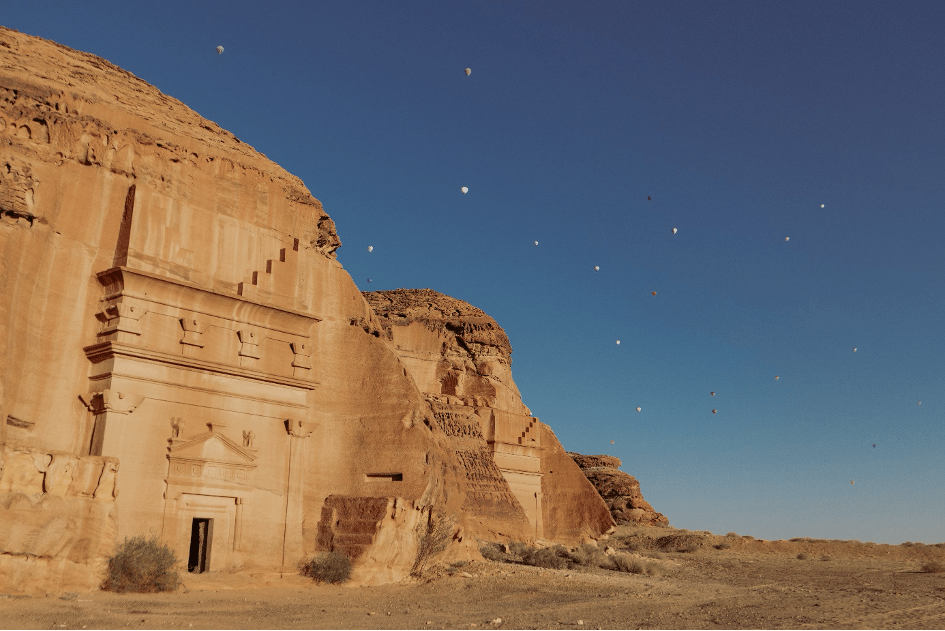



.png)
.jpg)

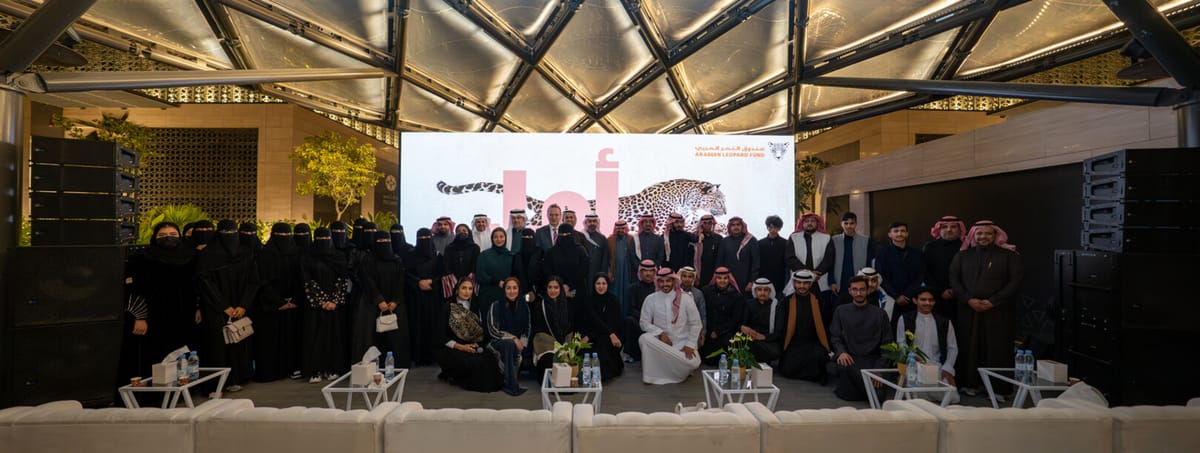-(1).jpg)
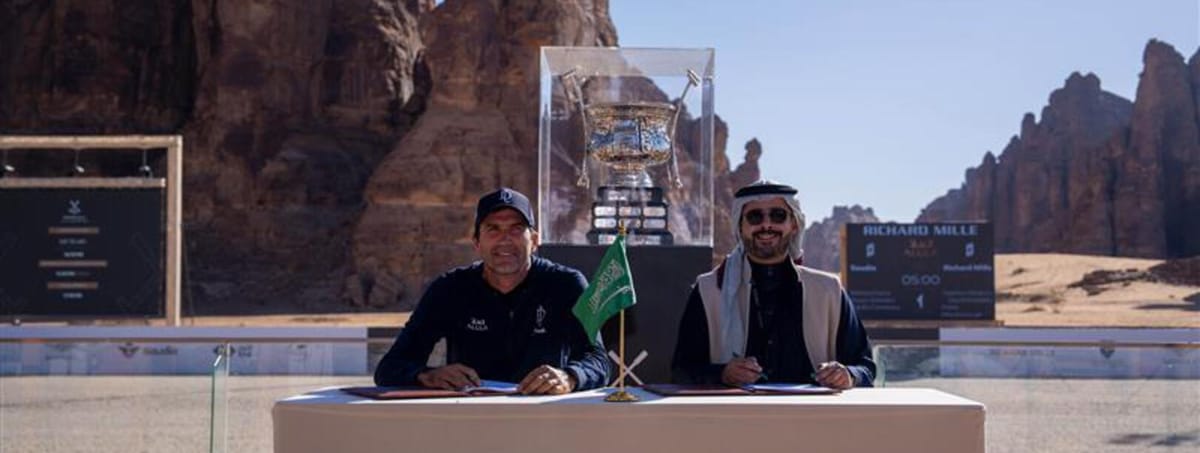
.jpg)
.jpg)


